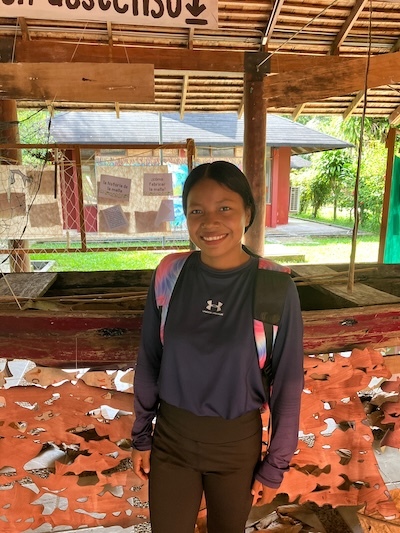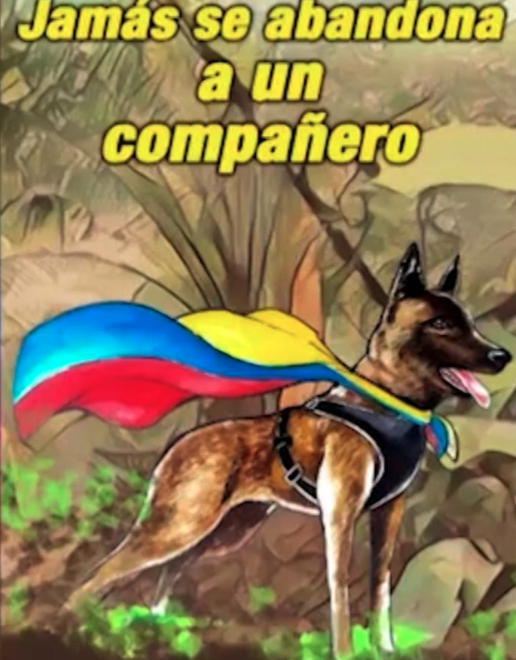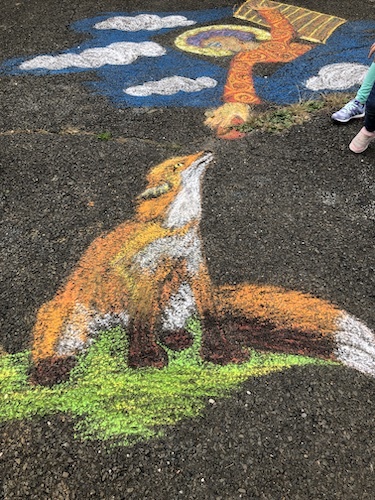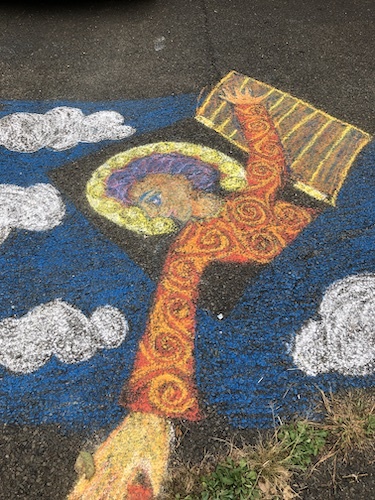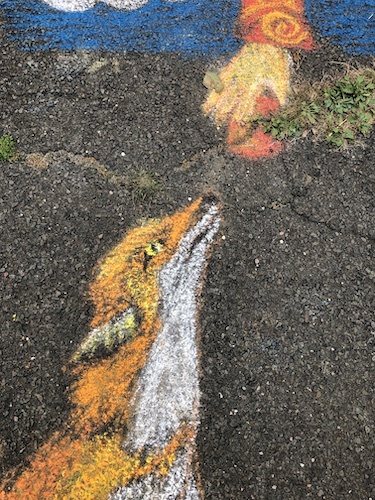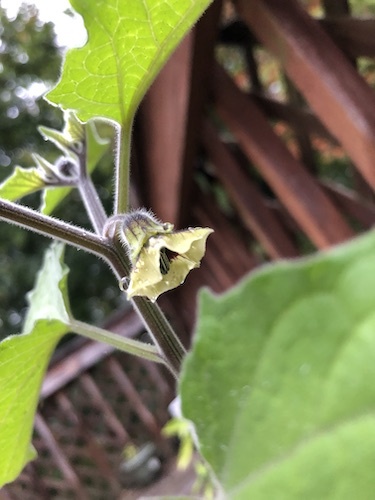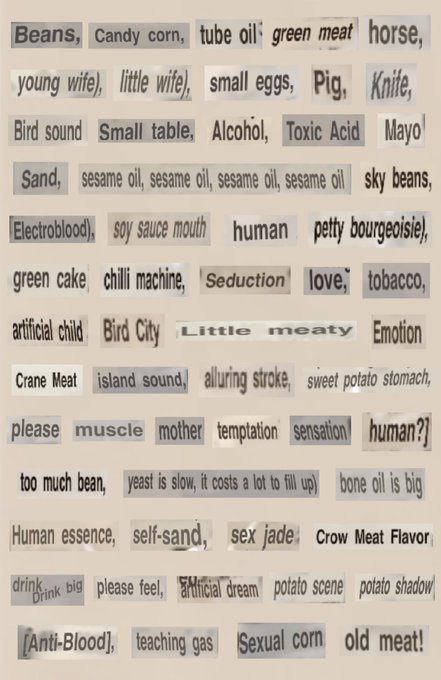Where do migratory birds have their home?
Below are just three screenshots from a series of 16 photos on the Instagram account of somadifusa (Laura Ortiz), of murals she and the tattoo artist Azul Luna (Instagram account azulunailustra) painted in Bogota, Colombia.
I'm captivated by these images both of traveling swallows, some bearing backpacks and baskets, some with shells on their back like hermit crabs, and of hearts that are also nests, or that morph into shells, or sprout flowers and eyes. "Home is where the heart is," or the heart makes the home.
They write [my clunky translation--see the link at the end to see their original]




They conclude their post with a Spanish translation of a poem they believe is by Emily Dickinson, but there's absolutely no sign of it in English, and no sign of it in Spanish, either, except their post. Very strange... Please let them not have been taken in by an AI hallucination... please let there be some other explanation
Original post on Instagram
Below are just three screenshots from a series of 16 photos on the Instagram account of somadifusa (Laura Ortiz), of murals she and the tattoo artist Azul Luna (Instagram account azulunailustra) painted in Bogota, Colombia.
I'm captivated by these images both of traveling swallows, some bearing backpacks and baskets, some with shells on their back like hermit crabs, and of hearts that are also nests, or that morph into shells, or sprout flowers and eyes. "Home is where the heart is," or the heart makes the home.
They write [my clunky translation--see the link at the end to see their original]
I have seen swallows nest in dark passageways, in airports, beneath bridges, in the palm of a hand and in the center of a star. Their wings cover kilometers, crossing the scars of the earth, their free flight reminding us that to migrate is not a crime and that borders are imaginary.




They conclude their post with a Spanish translation of a poem they believe is by Emily Dickinson, but there's absolutely no sign of it in English, and no sign of it in Spanish, either, except their post. Very strange... Please let them not have been taken in by an AI hallucination... please let there be some other explanation























